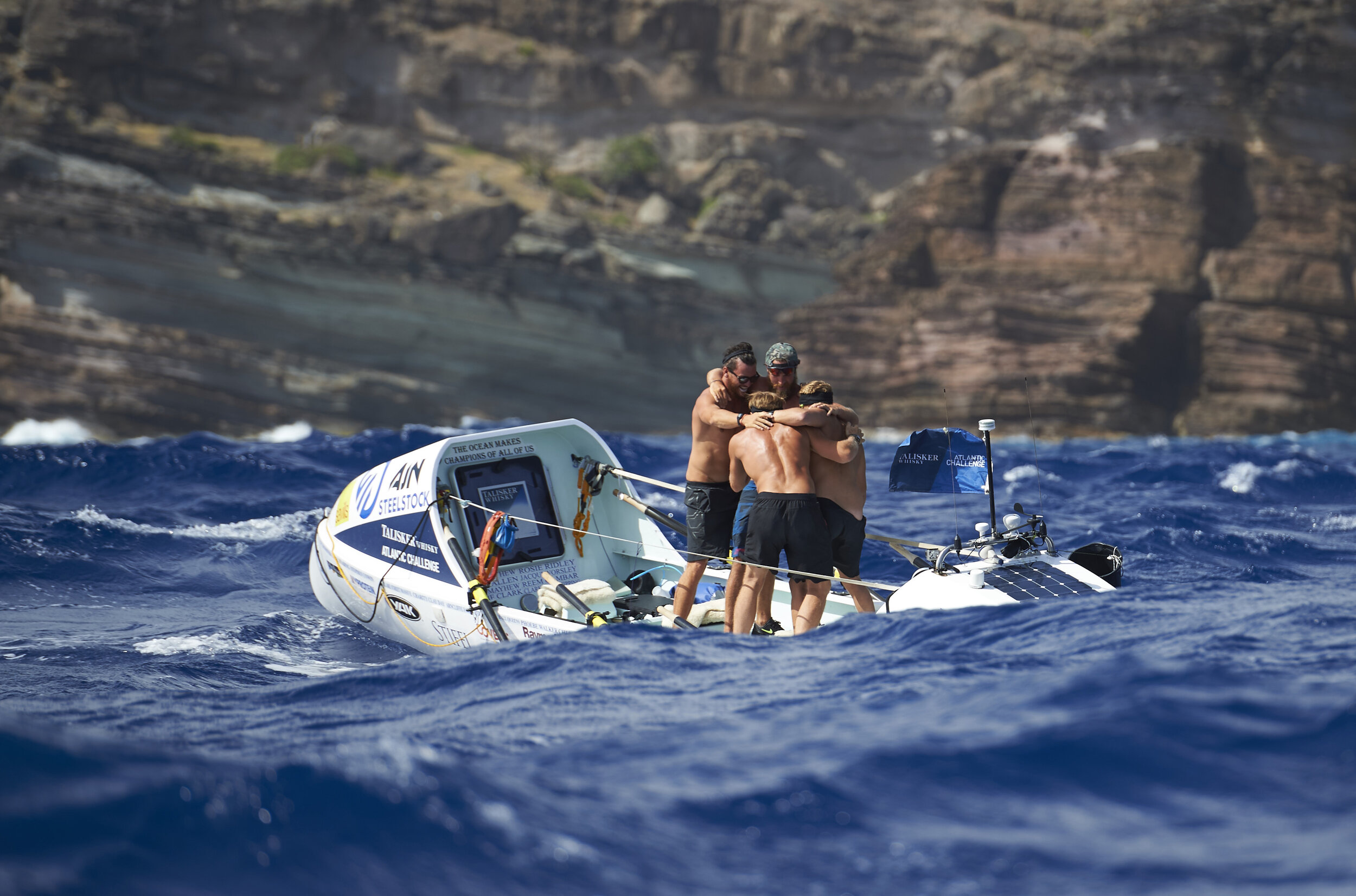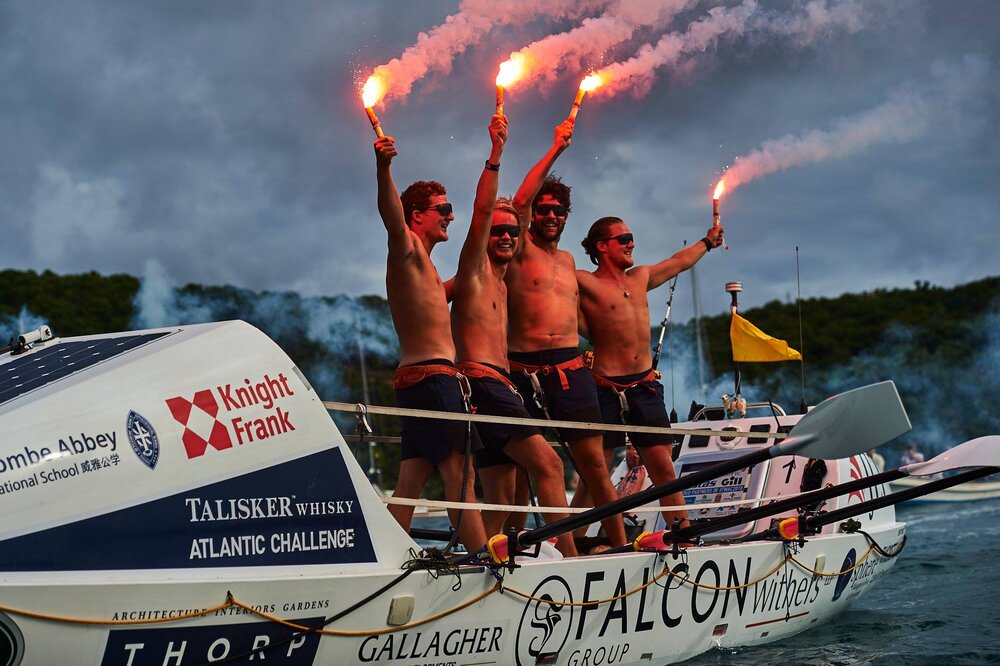In November 2013, myself and 3 friends decided to row across the Atlantic Ocean unassisted. More people have climbed Everest or even been to space that rowed across this ocean. This limited number left us in a difficult position, there are no specialists in the training process for ocean rowing. At the time this seemed a real problem, however looking back this was the best thing that happened to both the team and myself.
I spent the first 3 months of our campaign developing a program that would best prepare our team to not only complete this challenge but also put us in a position to break the world record. The obvious place to start was researching various rowing-specific programs and also how other endurance athletes lay out a training week. However, like a lot of online programs, they make sense at first glance; however, it’s not until you try it that you realise it doesn’t work – a program designed for someone else, with completely different body make-up, goals and lifting capabilities.
From here, I realised the only way to prepare would be to understand how each of our bodies would react to a prolonged period spent rowing and living on our boat. Besides the obvious fact of the duration, I realised the other significant difference between our challenge and other endurance events was the stop-start nature. We would row for 2 hours, then have 2 hours off. In principle, this sounds brilliant; in reality, this 2-hour period off is spent in a cramped, hot cabin trying to eat and then sleep. This then leads to your body stiffening up, and any areas of weakness or tightness felt during rowing are now painful. This would be fine in everyday life, however when those 2 hours off are up, you’re straight back onto the oars for another gruelling 2 hour shift.
After our first long training row, I realised the most effective way to prepare was to irradiate any imbalances or movement issues, focus heavily on deep core muscles before beginning to introduce heavier compound movements. This in turn would lead to our rowing techniques improving and remaining consistent whether on our first shift or on day 35.
None of us performed any squats or deadlifts until we had the correct range of movement and the right motor control of our abs and glutes. For the first two or so months, the majority of training was unilateral (single arm or leg). Unilateral work has a number of benefits, including improving balance and proprioception, left and right asymmetries, and mind-muscle connection. During this phase, there were three sessions a week dedicated purely to mobility and core work.
Following a 6 week phase of high rep unilateral work, I introduced an 8 week strength phase. Still primarily based on unilateral movements however using a 5×5 strength training principle. During this phase I began to add in both Goblet Squats and Rack Pulls (deadlifts from an elevated platform) these we done at lighter weight, used primarily as technique work.
At the end of these two phases, I was comfortable programming a slightly more traditional format. We moved through two more strength phases and one power phase and finished with a month of mass gaining. Throughout all of these phases of training, there were always a minimum of three mobility sessions a week, plus the warm-up and cool-down after every session.
By the day we departed, we had over 1,000 miles of training under our belts. That preparation, in my eyes, topped anything and led us to success!
Save
Save
Save
By Gus Barton
Personal Trainer at The Dan Roberts Group.


Blog Topics
- Body Confidence (2)
- Business of Coaching (1)
- Exercise (5)
- Guest Post (7)
- Life Hacks (2)
- Mental Strength (4)
- Physical Performance (3)
- Self Development (4)
- Zen Living (2)

